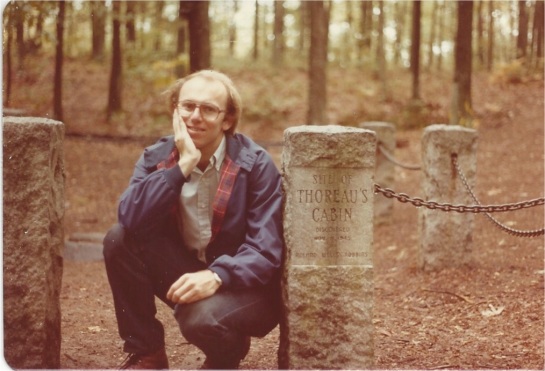
When people look back and romanticize the summers of their youth, they usually rhapsodize about swimming holes, the beach, boardwalks or picnics, but for me, what I most remember about the summer is the many many hours I spent in front of the television set.
It’s a rule of thumb that TV viewing declines in the summer when people start spending more time in outdoor leisure pursuits. That’s not the way it was in our house. Freed from the shackles of homework and all those hours of sitting in school, my sister and I plopped ourselves in front of the TV for hours at a time. It’s a law of physics that all matter will eventually succumb to entropy, but there is nothing quite as entropic as a kid left to his own devices in the summer.
This was back in the day before parents planned every second of their kids’ lives. And both my parents worked long hours so we didn’t have a lot of supervision. Eventually at some point during the day, we’d go outside and run around in the back yard, ride our bikes or find some other kids to play whiffle ball with, but first we had to conserve our energy in front of the TV set.
We watched lots of cartoons (Bugs Bunny, Wood Woodpecker, Might Mouse), game shows (“The Price is Right,” “To Tell the Truth” and “The Match Game”) and syndicated sitcoms (“I Love Lucy,” “The Andy Griffith Show,” and “The Danny Thomas Show.”) In other words, not the most elevated programming.
And when we’d go to visit my grandparents on Nantucket we’d log even more hours in front of the TV. In fact, it was on Nantucket where I saw my first color TV. Every Friday night we’d go down to my great-grandfather’s house and watch Mitch Miller’s show in color.
I wince now to think of those Nantucket visits, but there we were in a summer paradise and instead of chasing girls, exploring the island or learning how to catch fish, I’d be hanging out in my grandparents’ living room watching the tube. How well I remember the summer I insisted we return from the beach by 3:00 pm because I wanted to watch “Dark Shadows.” The chagrin of it all.
When I became a parent myself, my wife and I made sure our son spent his time more productively. Even though the cartons he wanted to watch seemed vaguely educational or socially redeeming, we still restricted his TV time and signed him up for plenty of summer activities.
Of course TV today is actually the least menacing screen. Video games are violent, computers provide easy access to porn, and smartphones are addictive. My wife and I were lucky that smartphones didn’t become pervasive until our son was in high school. If I were currently the father of a young child I’d probably WANT him to spend more time watching TV, if that is what it took to keep him away from the other screens.
But when all is said and done, I wonder if all this anxiety about screens really matters. Left to our own devices my sister and I watched a lot of TV during the summer but we still turned out to be productive members of society. Eventually I grew out of game shows and cartoons and started reading books. To namedrop a big one, I even read “War and Peace” a few summers ago, so my powers of concentration were not shattered by a childhood of watching “I Love Lucy” reruns. (On the other hand, who’s to say, maybe if I’d had the right stimulation I might have WRITTEN my own “War and Peace” instead of simply reading it.)
I still watch a lot of TV in the summer, but now it’s baseball, Netflix, and Shark Week. Unlike my youthful self, though, I would never watch TV during the day, so that must be a sign of maturity. Maybe when I’m retired I’ll recline on the couch in late afternoons and reacquaint myself with “The Andy Griffith Show.” That would be a real second childhood.





